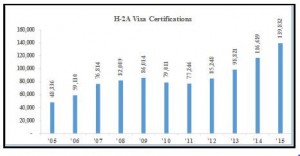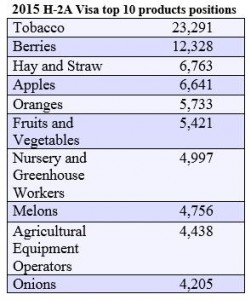WTO Ruling Forces the Repeal of Popular U.S. Law
‘Twas the night before Christmas in 2002 when I received notice the United States Department of Agriculture (USDA) had confirmed America’s first case of Bovine spongiform encephalopathy (BSE). At the time, I was an elected representative of the dairy industry in the Northwest, and random sampling found an infected slaughtered milk cow in Washington State.
More commonly known as mad-cow, BSE is a degenerative brain disease with 100% mortality rate. Although, not contagious it is transmittable through consumption of food containing ingredients from BSE-infected animals. An alarming linkage of BSE is the human variant, Creutzfeldt-Jacob disease (vCID), a horribly devastating and fatal illness that can have an incubation period of up to 8-years after consumption of meat from an infected animal.
Although confirmed BSE cases are world-wide, the greatest epidemic was in Great Britain. Incidentally, Britain also holds the distinction of having the highest number of human victims of vCID. During the British outbreak, BSE traveled to all regions of the world. Trade agreements facilitated the global spread of the disease as animals moved across borders with little to no inspection, quarantine, or tracking regulations. In fact, the 2002 Washington State BSE cow was shipped from Canada. Regardless, Japan, South Korea, Russia, Thailand and Hong Kong immediately banned imports of all U.S. beef and many countries followed. The trade embargos ultimately caused a near 80% drop in export sales.
Domestically, citizens had little confidence in the safety of their meat purchases. The USDA assured the public the risk was minimal, and the beef industry urged American’s to clear the inventory by eating more beef. But, unlike fruits, vegetables, nuts, fish, and seafood meat products did not carry labels identifying the country of origin. Shoppers understood the infected animal came from Canada, yet, they had no information on the origin of shelved meat. Had meat products been readily identified by its source country consumers could have made an informed choice. Likewise, merchants could have quickly pulled the Canadian-originated products from store shelves. Actions that would have assisted in assuring the public and reducing the market impact for beef producers.
It was the 2002 Canadian mad-cow case that triggered the push for meat products to carry a country-of-origin-label (COOL) as is required for other foods. The development of the meat version of COOL was not a hurried, or imprudent process. What began in 2002 became effective in 2009 after years of analysis, public comments, reviews, challenges, and extensions. The rule went through a rigorous legislative process, as well as legal challenges, and survived the daunting review of the Administrative Procedures Act.
With 90% public support according to USDA surveys, the reported “little economic benefit to consumers,” does nothing to hamper its popularity. After all, the demand for the labeling had little to do with food costs and everything to do with the right of a consumer to know where their food originates. When fully informed, the choice is then left to the buyer, a free-market principle.
Few laws or regulations are as publicly beneficial or as broadly popular as the COOL programs. Yet, on December 18th, nearly thirteen years after the Canadian mad-cow incident, Congress passed an omnibus bill that contained the repeal of COOL for beef and pork products.
The ultimatum to end the mandatory labeling came from the World Trade Organization (WTO) after Mexico and Canada argued the program discriminated against their imported meats. The WTO found the mandatory use of COOL violated three technical barriers to trade (TBT). Also, they ruled the U.S. Secretary of Agriculture, Tom Vilsack, violated General Agreements on Tariffs and Trade (GATT), Art. X:3(a), by sending an explanatory letter to only domestic meat producers, thereby giving special/unequal treatment. In its ruling against the U.S., the WTO approved retaliatory export tariffs $1 billion (Canadian) equivalent to 100% of U.S. export sales to Canada and Mexico if mandatory labeling continued.
Key considerations regarding this issue:
- An unelected, international tribunal effectively dictated the U.S. must reverse part of a well processed, legitimate, and popular piece of domestic legislation.
- COOL provided for quick identification and tracking of meats, facilitating efficient recall in the event of safety concerns.
- Consumers’ right-to-know was not a consideration in the WTO decision.
- Congress over-acted by repealing the entire labeling program as opposed to merely the mandatory aspect of labeling muscle meat.
- Processors can continue to label their products as U.S., but only voluntarily. A practice the consumers should demand.
- The ruling has the precedents setting potential to impact other origin labels for fruits, vegetables, nuts, fish and seafood?

